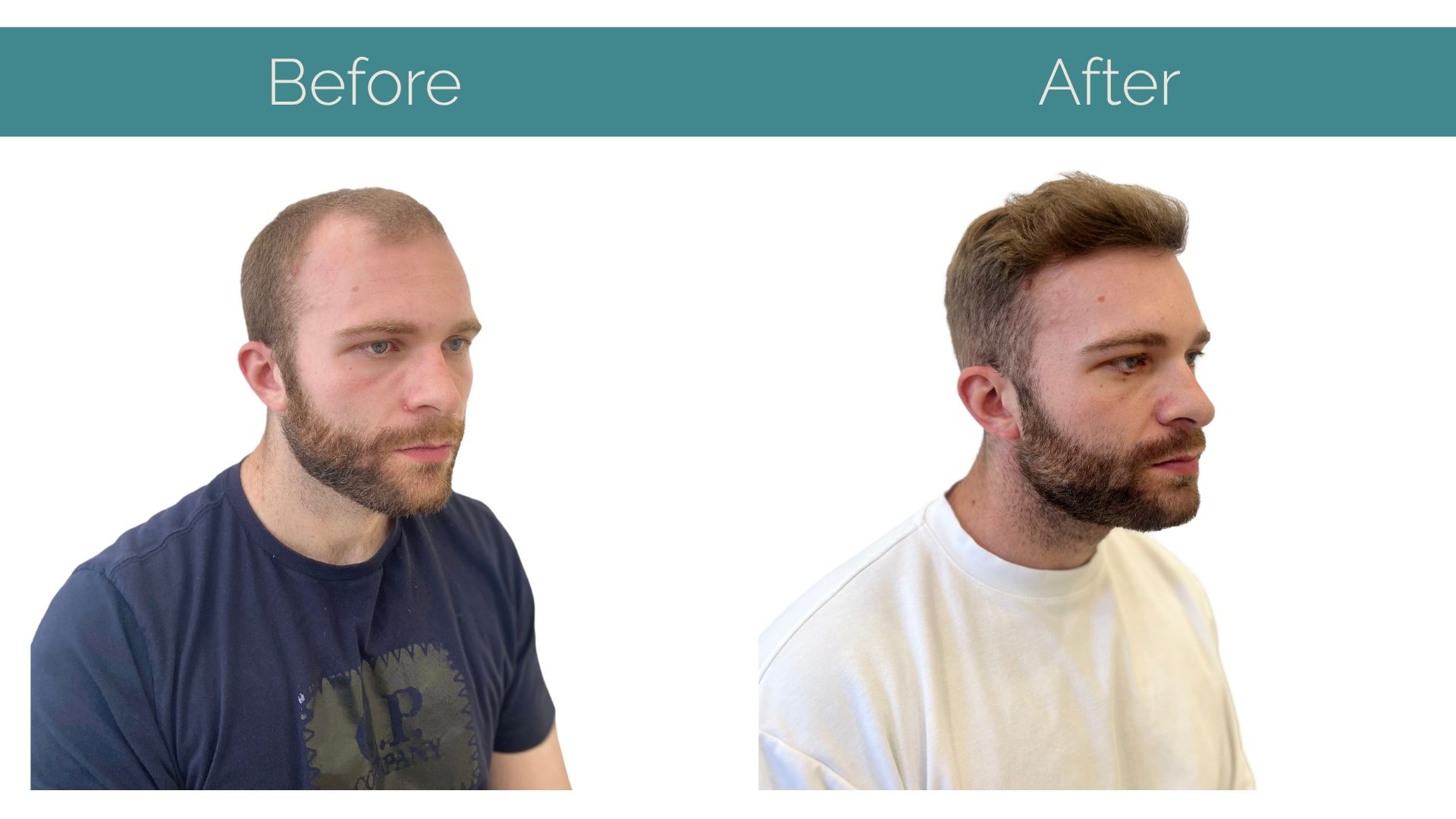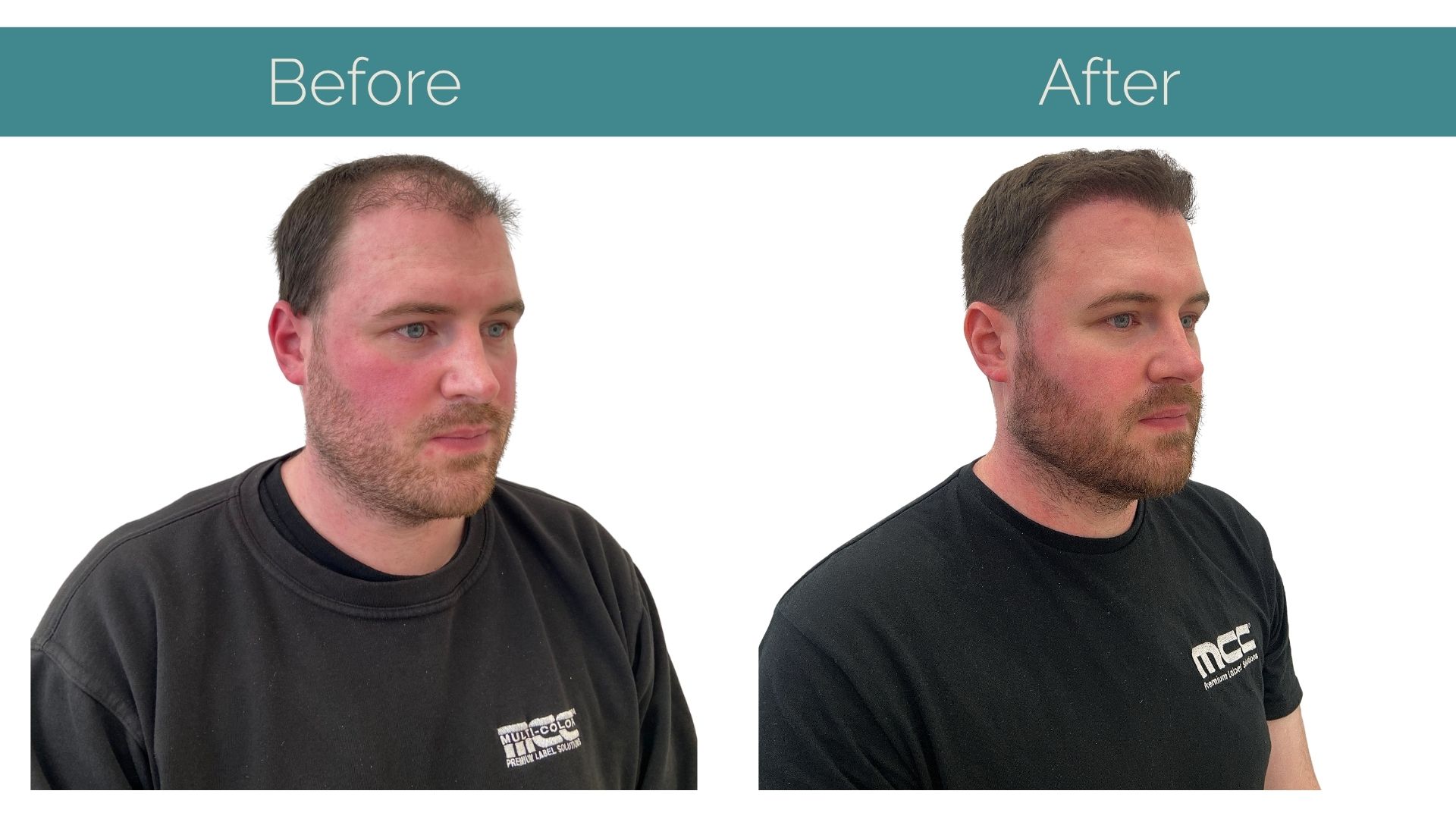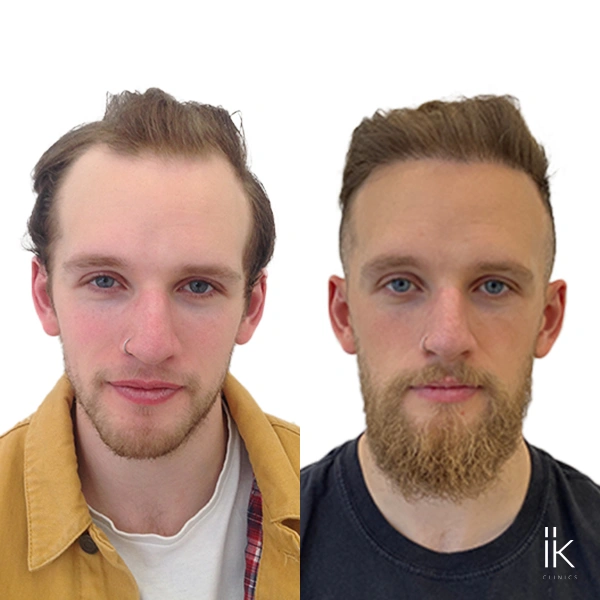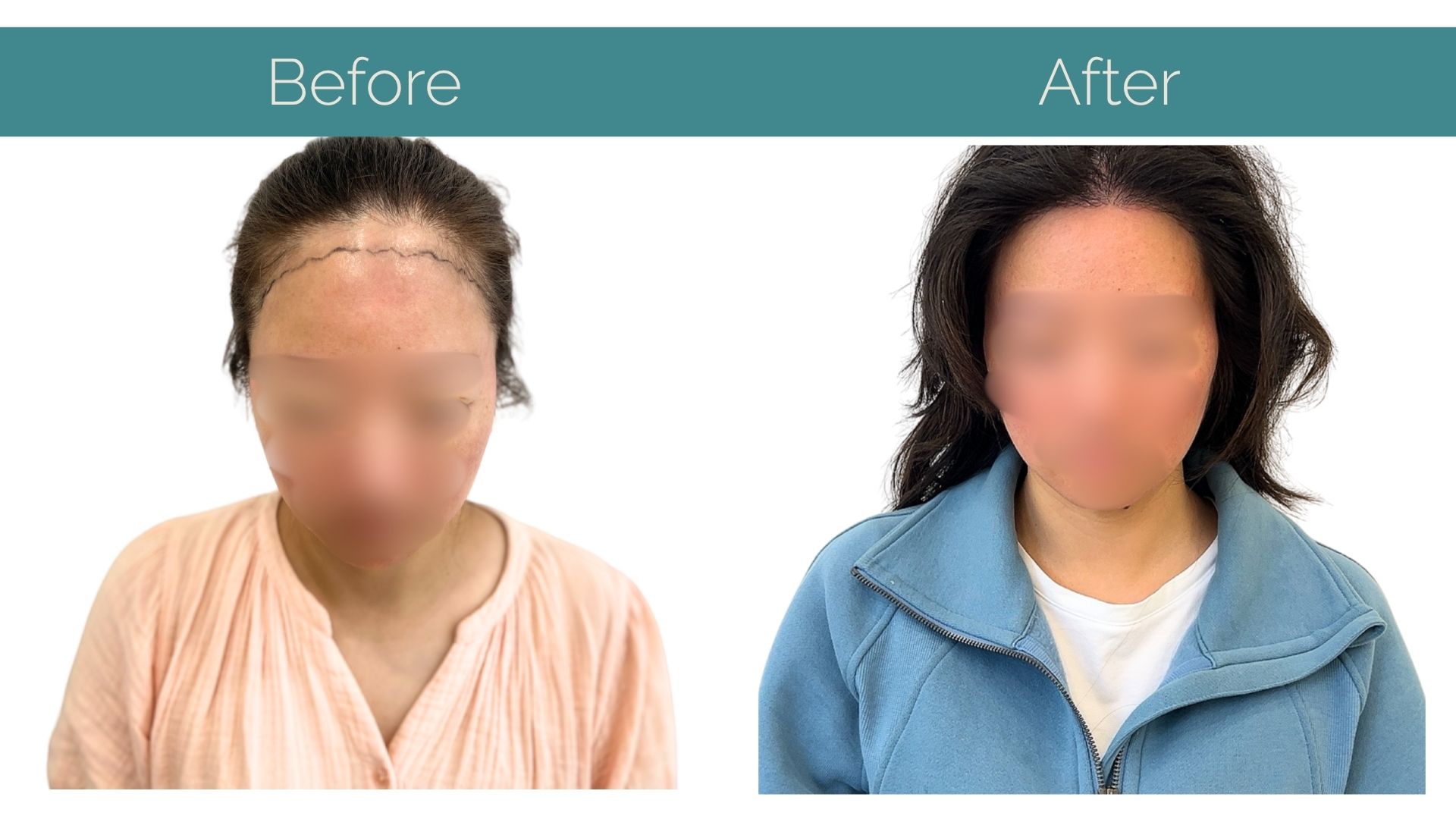Now, it’s not just about the scalp – demand is rising for facial hair transplants, with men seeking fuller beards, sculpted sideburns, and sharper brows.
But while both facial and head hair transplants share the same core principle – relocating healthy hair follicles – they diverge in technique, complexity, and aftercare. So, what exactly makes facial hair transplants different?
The Basics: Shared Ground, Different Territory
At a glance, both facial and scalp hair transplants use a similar foundation: harvesting hair follicles – typically from the back or sides of the head, known as the donor area – and implanting them where hair is lacking.
The go-to technique for both is Follicular Unit Extraction (FUE), a minimally invasive method that leaves little to no visible scarring. It’s lauded for delivering natural-looking results with less downtime.
However, transplanting to the face introduces an added layer of precision. The facial canvas is far more nuanced – meaning every follicle counts.
Angle and Texture: The Details That Make the Difference
Where a scalp transplant is often about coverage and density, a facial hair transplant is about finesse. Beard hair grows downward; eyebrow hair grows outward with a slight upward tilt. Get this wrong, and the result can look artificial.
This complexity is why angle and direction are everything in facial transplants. Surgeons must map out the natural flow of facial hair and replicate it meticulously – no shortcuts.
And while scalp hair is the usual donor source, the texture mismatch can be a challenge: facial hair tends to be thicker and coarser. Some procedures may use body hair (such as from the chest) for better texture compatibility, though it’s less common.
At IK Clinics, we place a premium on the artistry required here. Each graft is aligned and angled with care – because on the face, there’s no hiding a mistake.

Procedure Time: Small Area, Big Commitment
You might assume that a smaller surface area means a faster procedure – but not necessarily.
A full beard transplant can take 4 to 8 hours, sometimes longer, depending on the number of grafts needed – usually between 2,000 to 3,000. A more modest moustache or eyebrow procedure may only take a few hours, requiring fewer than 500 grafts.
Compare that to scalp transplants, where large-scale hair loss can mean day-long sessions or multi-stage plans. In that sense, facial procedures might be quicker – but every minute is more exacting.
Healing and Visibility: Where Recovery Gets Real
Healing from a facial hair transplant has one obvious challenge: it’s all on show. Redness, swelling, and tiny scabs are part of the process, especially within the first few days. Unlike scalp procedures – where hats or hair can hide the evidence – facial healing is front and centre.
Expect to avoid washing your face for a few days post-op and keep your head elevated while sleeping to reduce swelling. Most patients return to work within a week, but the full growth cycle can take 9 to 12 months, just like with scalp hair.
By contrast, scalp swelling generally eases quicker, and healing can pass unnoticed. But whether it’s face or head, patience is key.
Maintenance & Results: What to Expect Long Term
One session is often enough for a facial hair transplant, but minor touch-ups are common, particularly for eyebrows, where symmetry and shape are everything.
Post-procedure, grooming routines may shift. Since the transplanted hair retains the donor site’s characteristics, you might find your beard growing longer or faster than usual. Regular trimming becomes a must.
Also, expect the transplanted hair to shed in the first month – a completely normal stage – before regrowth begins around the three-month mark.

Choosing a Facial Hair Transplant: What to Know First
Before booking in, it’s worth thinking through a few things:
- Hair texture matters – scalp hair may not be a perfect match for facial areas.
- Scarring is minimal with FUE, but the face is a sensitive and visible area.
- Precision is everything – it takes true surgical artistry to mimic natural angles.
- Regular maintenance will be required – transplanted hair behaves like the donor source, not the surrounding area.
At IK Clinics, we take all these factors into account, offering a tailored consultation to map your goals, assess donor hair, and set clear, realistic expectations.
Conclusion: Tailored Confidence from Every Angle
Whether it’s a sculpted beard, elegant brows, or a tidy moustache, facial hair transplants offer more than aesthetics – they offer confidence. While they share roots with traditional scalp procedures, the level of detail and precision involved is a different story entirely.
So, if you’re weighing up a facial or head hair transplant, the real question is: what do you want to see in the mirror?
At IK Clinics, we don’t just transplant hair – we craft natural, personal results that grow with you.
About IK Clinics
We don’t just specialise in FUE, we also offer other hair restoration treatments, such as Stem Cell Therapy and Plasma Therapy (PRP). Additionally, we also provide a range of anti-aging treatments to help you achieve that ‘I feel good’ feeling.
Get in touch to find out more and book your consultation.


